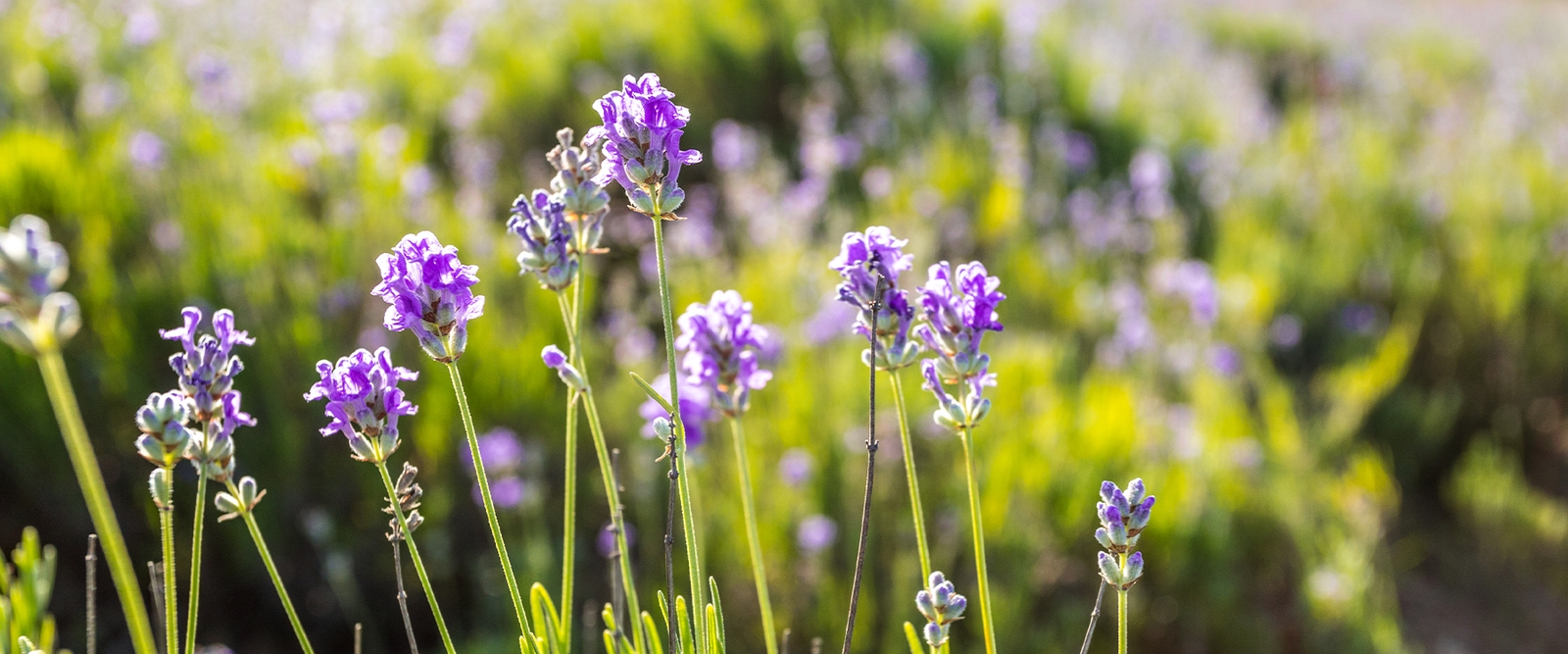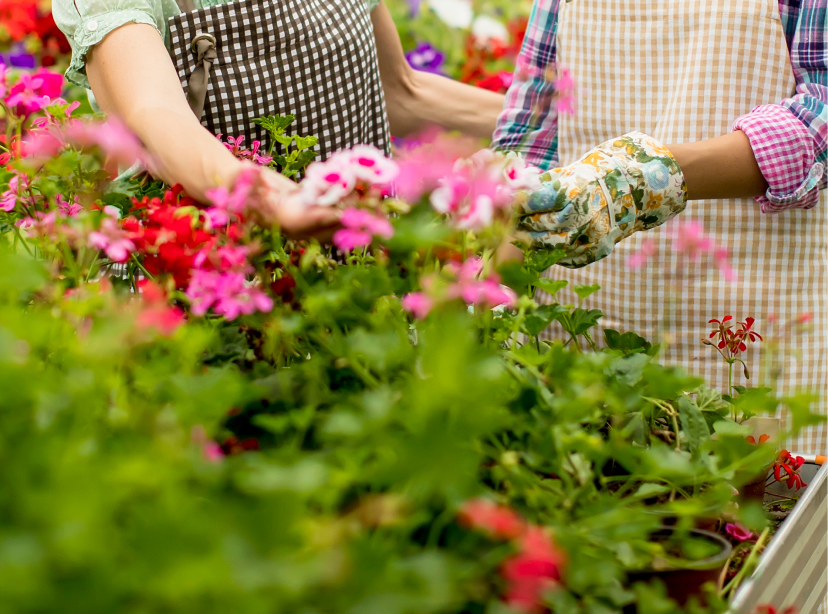Las plantas de lavanda son conocidas por su belleza y su deliciosa fragancia floral. Con su durabilidad y resistencia, son una maravillosa adición a cualquier jardín o patio trasero. Actuando como plantas perennes, estos semi-arbustos producen un crecimiento verde cada año. Además de sus excelentes características, podar la lavanda es fácil, lo que permite a los jardineros mantener su belleza durante la temporada de floración.
Lo que necesitarás para podar la lavanda
Al podar plantas de lavanda, la mejor herramienta es un par de tijeras de jardín afiladas que ayudan a la curación rápida. Podadoras precisas Proporciona control para podas más ligeras de flores, enredaderas, arbustos pequeños, plantas ornamentales y arbustos, incluida la lavanda. Para setos o arbustos de lavanda más grandes, un cortasetos puede ser una opción. El mantenimiento adecuado de las tijeras de podar es fundamental para mantenerlas limpias y afiladas y evitar que las bacterias que causan enfermedades dañen las plantas de lavanda.

Cuándo podar tu lavanda
Podar una vez al año es suficiente, pero es mejor dos veces para evitar que el arbusto se vuelva leñoso y no produzca nuevos tallos de lavanda, lo que puede provocar la pudrición invernal. El momento ideal para podar es a finales de verano o principios de otoño después de la etapa de floración. Usando podadoras de precisión, recorte los tallos de lavanda a una pulgada por encima de la madera, evitando cortar demasiado cerca de la parte inferior del arbusto. Evite podar antes del invierno para evitar daños por frío.
Consejos sobre cómo podar tu lavanda
1. Poda de plantas jóvenes de lavanda
Para las plantas jóvenes, comience a podar después de que hayan establecido raíces. Usar tijeras de jardín de precisión para recortar el nuevo crecimiento durante el primer año. Esto ayuda a que la planta reaccione y aumente de volumen, facilitando futuras podas.
2. Poda de plantas de mediana edad
Las plantas de lavanda de mediana edad o establecidas requieren una poda intensa, eliminando al menos un tercio de la longitud de la planta con tijeras de podar después de la floración. Aproveche esta oportunidad para darle forma a la planta para aumentar el flujo de aire y la exposición a la luz solar.
3. Poda de plantas maduras de lavanda
Para plantas más viejas, continúe con una poda intensa, evitando cortar hasta dejar madera sin hojas. Cortar justo por encima de la parte leñosa, hasta el tercer nudo del que crecen las hojas. Esto rejuvenece los tallos inactivos, impulsándolos a florecer una vez más.
Si sigue estos sencillos consejos, podrá garantizar un jardín lleno de flores vibrantes y una exhibición de lavanda saludable y bien mantenida durante todas las estaciones. ¡Feliz poda!




